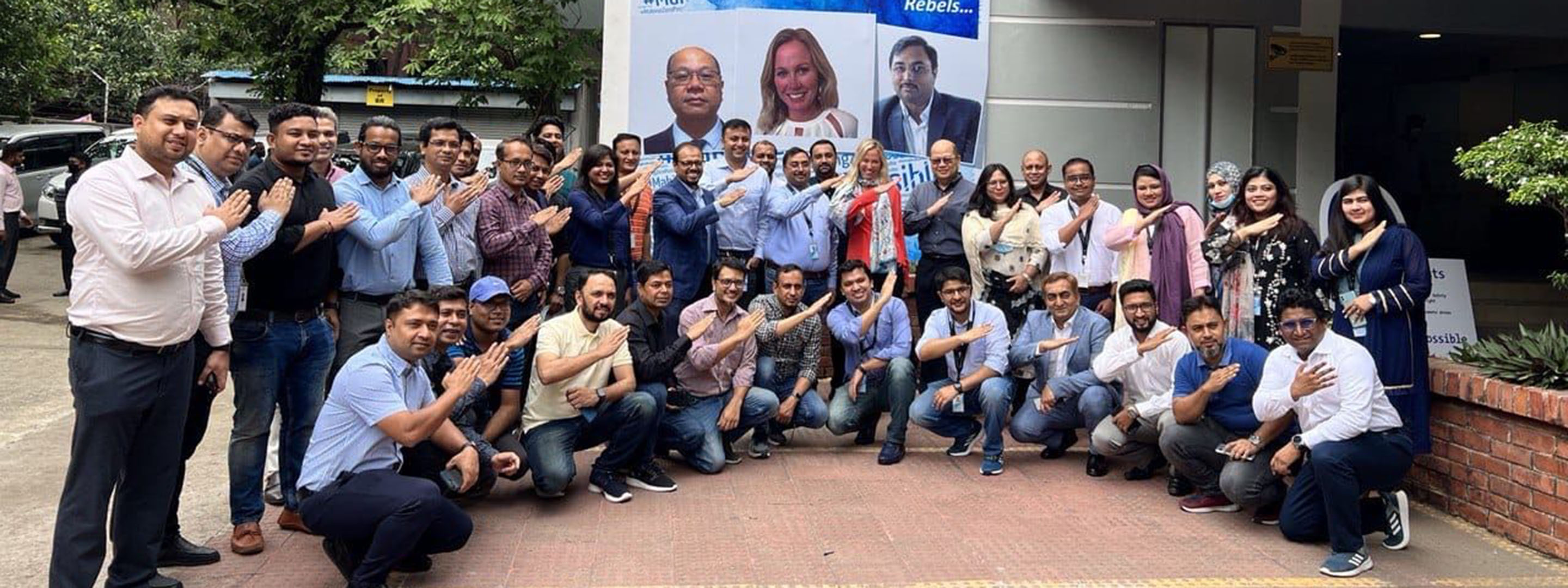
Telenor Asia in action: Aiming for Zero
Everyone should be able to perform their jobs safely. Telenor Asia’s Head of Health, Safety and People Security shares how he tackles sometimes tricky topics, changing behaviours and being more proactive in managing daily risk.
A fundamental part of Telenor Asia’s responsible business commitment is making sure all return home safely from work. Making this a priority and continually raising standards is one of the ways we build leading, advanced telco companies in this region.
To mark World Day for Health and Safety at work, we sat down with Sin Wee Chua, a seasoned health and safety professional, on the important work underway to build a culture of safety across our Asian operations and make zero accidents possible.
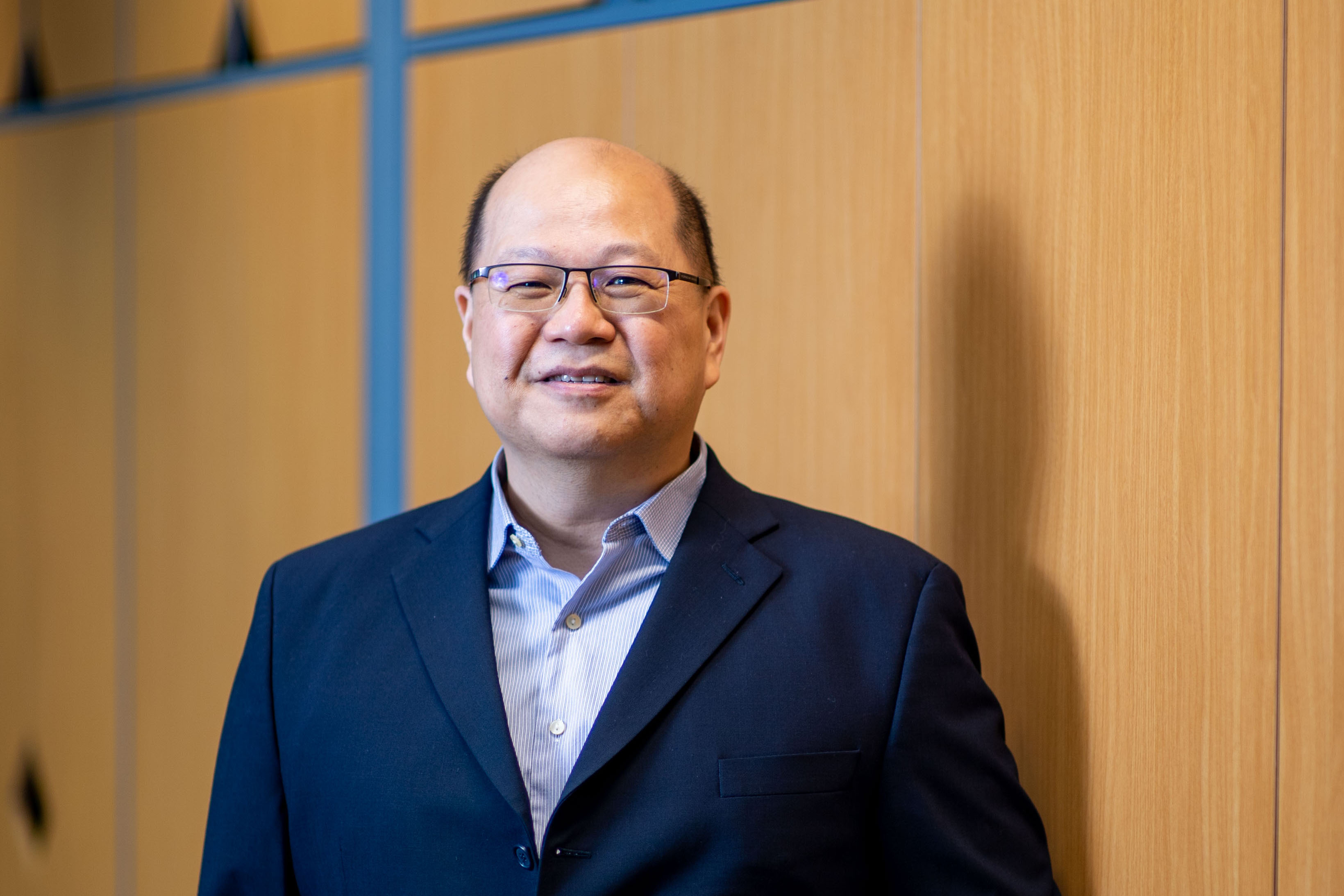
A proactive HSS culture is about more than just reporting.
What’s the biggest hurdle to creating a proactive safety culture?
Employees and business partners involved in our operations are exposed to many health, safety and people security (HSS) risks. These risks include but are not limited to vehicular traffic, work on network, rollout projects in remote locations, robbery, natural disasters and social unrest, which remain relevant, particularly in our Asian markets.
Awareness is a big hurdle to overcome. By this I mean getting people, at every level, to take a long hard look at where things stand and be honest with themselves and their teams about where improvements can be made. This can sometimes be a tricky topic, or there can be false confidence about how well things are going.
It starts with getting a clear idea of where we are, how mature, what the gaps are… then we can start becoming more proactive.
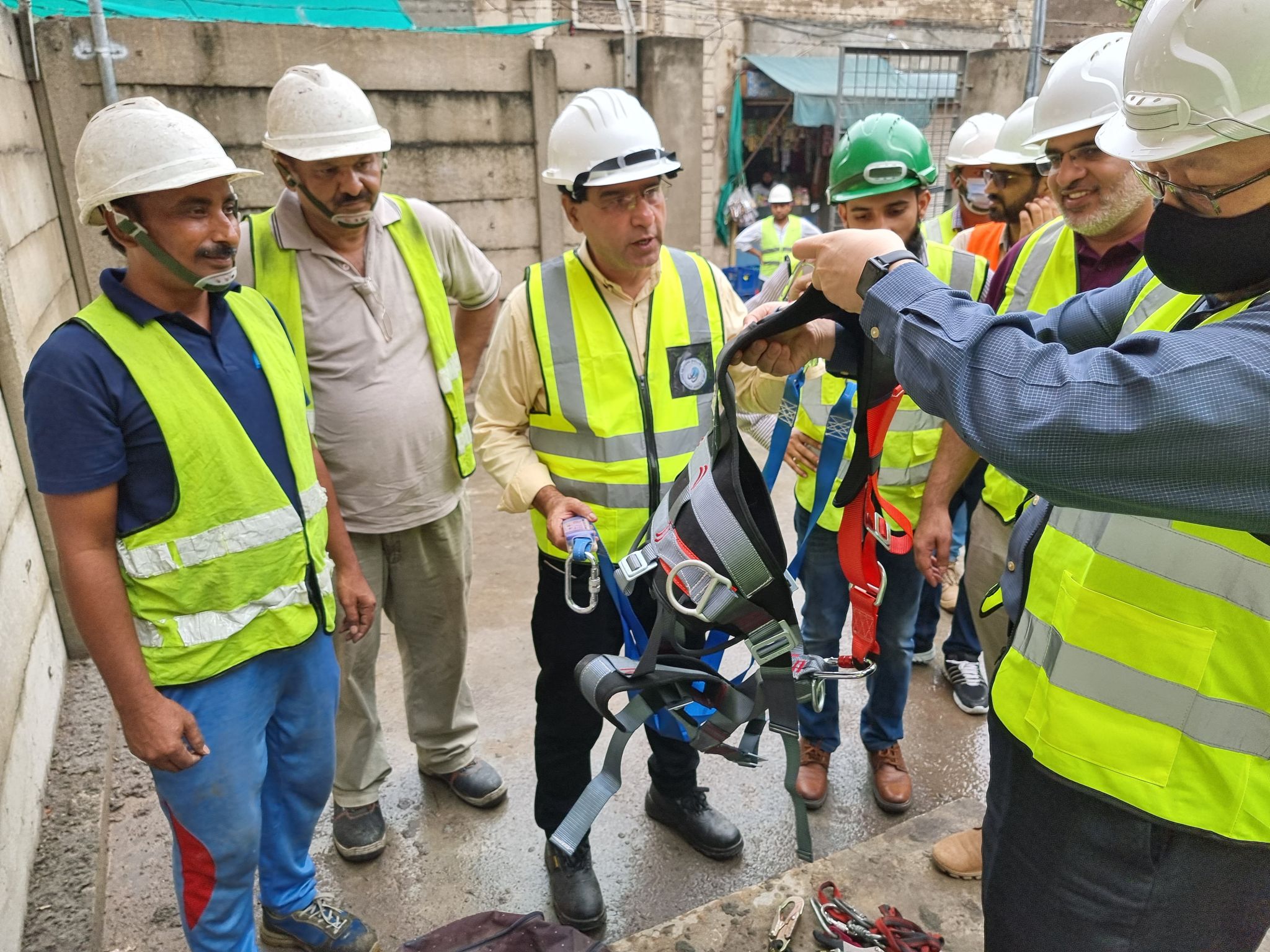
How do you set about changing behaviours?
Telenor Asia is to aim for zero injuries to employees and business partners, which means that HSS is fully embedded in all aspects of the business.
Practically speaking, it’s about securing active participation across business lines and getting people to increase their ownership of building this culture. To achieve this, leadership commitment is one crucial way to drive change. This starts with top management and must permeate through all levels. Leadership has to put HSS at the top of the agenda and look at how to weave risk management into day-to-day processes. I am proud to say that Telenor’s Head of Asia and the operating company CEOs within our portfolio are truly dedicated to strengthening the HSS Culture in their businesses - walking the talk with safety walkabouts and bringing HSS into their daily routines.
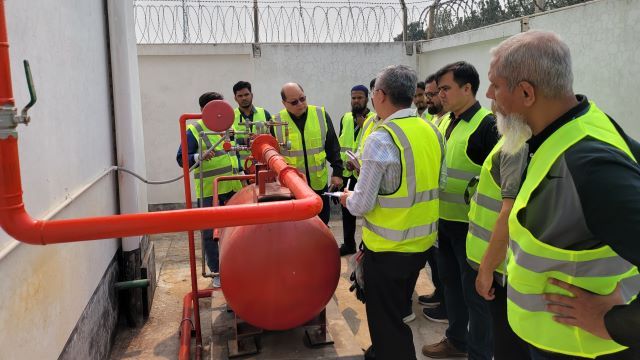
What is one thing you want people to know about health, safety and people security at work?
HSS at its core is about caring for people, and we are proud to care for our people by ensuring that they can do their jobs and return home safely every day. HSS practices are not just about requirements and compliance, but to show how you can care for yourself and the people around you. We care for each other, for our health, wellbeing, for our colleagues, friends, and family. By caring, we create a great working environment in Telenor.
In that same vein, when we talk about HSS in the supply chains, it is the extension of this care to our business partners and external parties that work closely with us. It’s this collaboration that can make a difference at the end of the day.
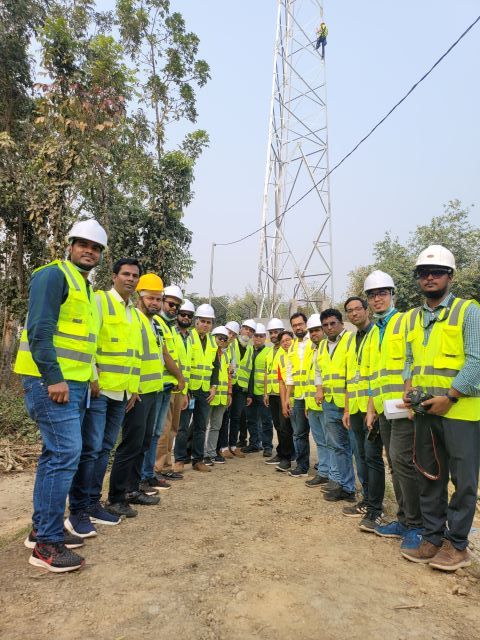
HSS at its core is about caring for people by ensuring that they can do their jobs and return home safely every day.